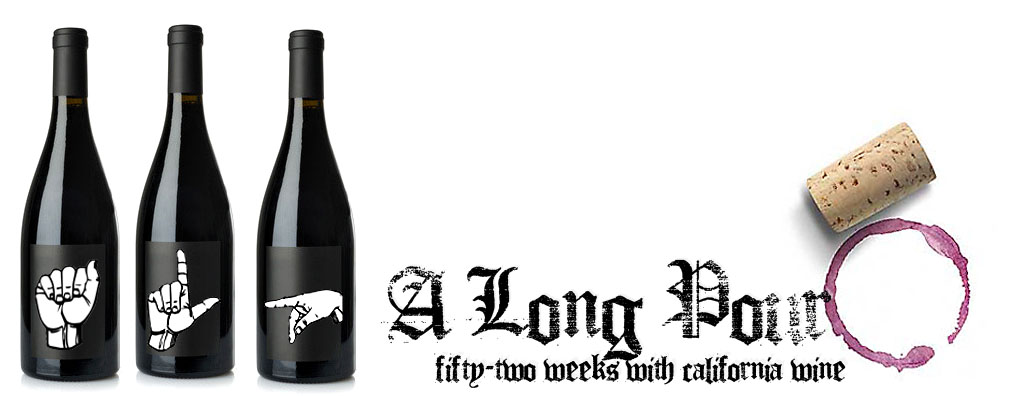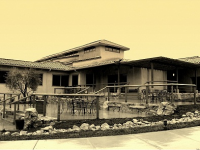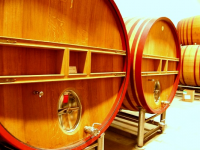
It has long been cognized that great wine regions such as Champagne, Burgundy, Chablis, the Loire and southern Rhône valleys, and Saint-Emilion in Bordeaux are rich with limestone. Or, more precisely, these soils are rich in plant-accessible calcium carbonate, the principal chemical component of limestone, typically from decayed limestone outcroppings. (Limestone itself is too hard for plants’ roots to penetrate.)
Limestone is rare in California except in a crescent of land in the Central Coast between the Santa Cruz Mountains to the north and Lompoc to the south. When we were searching for a site on which to plant our vineyard, finding calcium-rich soil similar to that of Château de Beaucastel was a primary criterion. That calcium-rich soils were only found in the Central Coast focused our search in this area. The west side of Paso Robles and Templeton is the state’s largest exposed limestone layer, and in 1989 we bought our property here.
For all the anecdotal evidence of the superior qualities of calcium-rich soils, the science behind how calcareous soil influences grapevine health and the wines that come from them is still being explored. It turns out that there are four principal reasons why these soils improve wine quality. … Continue Reading







